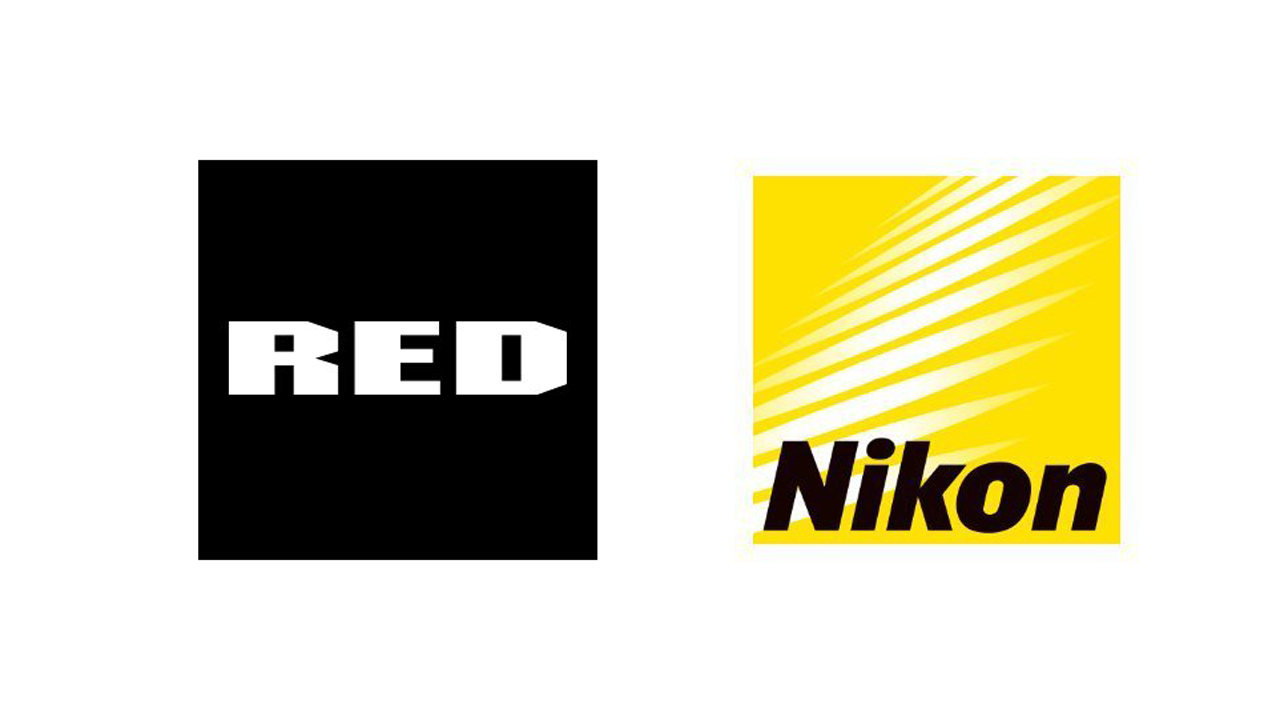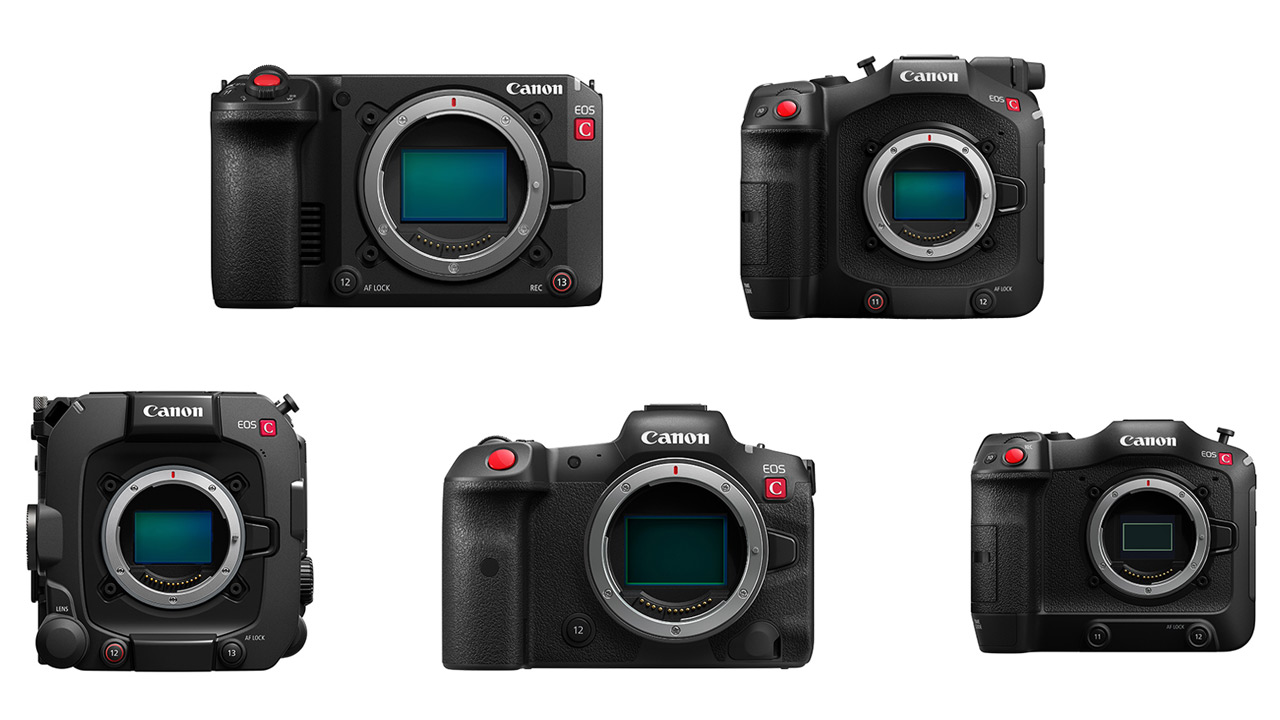
The Z5II, announced by Nikon earlier this year, is quite the seller since its official release. Indeed, many shops here in Tokyo have the camera prominently on display, and there is a significant backlog of orders as well. That goes to show this camera is quite popular. What makes this camera popular? That’s what this review will test out.
I got my hands on one of the sample models for this review. As a well-documented and proud user of the Zf, I decided to approach this Nikon Z5II review on two facets:
- How does this camera work from the perspective of a seasoned pro?
- More importantly, how does this camera work from the perspective of a beginner?
Quick disclaimer, I don’t want to assume the reader is devoid of any skills or knowledge of cameras, even if they are beginners or learners. I aim to inform and help the reader in making the right call when choosing a camera. Every photographer and videographer has their preferences.
What is the Nikon Z5II?

The Z5II, with a very affordable (comparatively speaking) $1695.95 price tag in US Dollars, is a full-frame (known as FX in Nikon parlance) Z mount camera. The working camera engine is the EXPEED 7, also included inside the flagship Nikon Z9 (as well as my Zf). Designed with ease of use in mind, the Z5II has two function buttons positioned next to the lens mount, a top control reel, a grip-mounted reel, and a joystick control on the back.
This camera holds very well in the hand and does not weigh much, a very maneuverable and straightforward camera. I recommend to the reader to check on the announcement article for all the specs and features.
When I was talking with a clerk at Yodobashi Camera, he mentioned this camera is selling quite well, both domestically and overseas. Photographers and videographers who are new to full-frame cameras find this camera both affordable and quite useful. Let’s examine a few of the settings on the Z5II, and a few use cases and differences between this camera and my Zf.
Difference Between Using the Nikon Zf and Z5II
Since purchasing the Zf last year, I have grown quite accustomed to the button positions of the Zf. In particular, the review and trash buttons on the Zf are in the top left of the camera. The trash button on the Z5II is in the exact same position, but instead of a review button, the button for release mode settings is positioned there. That was a bit confusing at first, but I do like that easy access for the release mode settings. I would wish for future Nikon cameras to have the trash button and review button to be positioned near each other, but that’s just a nitpick critique.

ISO on the Z5II is a button above the main control reel, but it’s easy to change ISO with one hand nonetheless. For comparison, ISO on the Zf is controlled by a reel on top of the camera, similar film speed controls on my F4 film camera.

Even though there are 2 control buttons on the front of the camera (compared to the 1 on the Zf), I found myself not really using it as much. Some users online have stated they use that second button to change focus points on the fly.

Sample Use Case – Railway Photography

As I have done for previous reviews, I figured the best way to test this camera’s ability to photograph high-motion objects is to take the Z5II to the railway crossing nearest to me. On Nikon cameras, if you set the AF to detect cars, it should be able to detect railway vehicles too. This worked for me in the past, and worked here too with the Z5II.
To test out motion performance, let’s take a few steps back. First, release mode is set to normal, and I set the shutter speed to 1/50, to allow for more motion blur. This is also a good opportunity to test out Nikon’s vehicle detection mode that was updated in the latest software upgrade for Nikon cameras. That upgrade worked well for my Zf, now how’s the performance for the new Z5II?

Note the front of the monorail here is in focus quite sharply, but the surroundings are motion-blurred quite well.
High-Speed Shooting on the Z5II
Now, to the railway spotting area. With the same vehicle AF detection settings, I turned the speed settings all the way to proverbial 11 – H* mode, and the shutter speed at 8000. H* mode stands for continuous high speed, and bursts photos at very high speed, 14 shots each second.

One tough task for cameras is to maintain focus as an object in motion crosses the plane of view and is subsequently obstructed by objects (or plants, in my case) in the foreground. This spotting area has a number of bushes and trees around the tracks, which make this spot an ideal testing area. The following image was taken with those high speed settings:

I want you to note how sharp this whole image is. The train pops in front of the surroundings, but also it looks frozen in time too. This was taken in the middle of a 13 shot burst, too. Not too shabby, I say! Here are a few more burst photos, but taken with different settings than above, to compensate for changing lighting conditions.
Burst Photos



Composition-focused images
These photos below were taken as bursts but I paid more careful attention on composition instead of speed.

1/2500, ISO 800, and f/6.3 burst: The first photo and the last


Performance and Thoughts

The Z5II, while not having the fastest AF performance compared to the previously tested Z6III, still maintains a high level of performance. Even in burst mode and with obstructions in front of the train, it still maintains a crisp focus throughout. Additionally, even though it is a lower-end full frame camera, stability is second-to-none. Nikon spent a good amount of time researching how to maintain stability during a burst shoot, even with my arm swinging around to take these shots.
Sample Use Case – Joe the Dog and Pet Photography
My friend’s Chihuahua mix Joe is back! Thank you to Kaori again for allowing me to photograph Joe. Similar to the train testing, I wanted to see how the Nikon Z5II could capture Joe in motion.


I am pretty surprised with the results! I expected sharpness like this from cameras like the Z8 or Z9, but these results are pretty impressive.



Joe is a very dynamic dog. He’s quick, and likes to change direction without much notice when playing around on the beach. That requires a camera with really strong stabilization. The Z5II image stabilization helps me capture Joe with ease. You can tell I did a bit of editing with these photos, as any photographer will do. The camera quality and image stabilization did not require much editing, however. I cropped in a little bit to better center Joe in frame, for the most part.

The Z5II vs the Z6III and Zf

Both cameras are enormously popular, both cameras are clearly capable. Why buy one or the other? That’s the biggest question I had for myself going into this review.
The Nikon Z5II feels and operates like the Z6III, but the Z6III is better tuned for video producers. If you are a photographer just starting out, but also want a full-performance 35mm sensor capable of using top line Nikkor Z lenses, the Nikon Z5II is the camera for you. If you want a camera that allows more control over each shot, the Zf is your camera. The Z8 and Z9 are both for the top-line professional users, but even the Z5II is quite capable as a high-intensity camera, like for sports photography.

The Nikon Z5II – A Beginner’s Approach


One circulating meme online shows the mode selector on a camera, with a caption like “We are all ‘photographers,’ until we switch it to M mode”


Indeed, many photographers start out with just a basic understanding of how different settings work to take photographs. As the Z5II seems to be marketed heavily as a “beginners” full frame camera, I decided to take a few photos comparing the auto mode on the Z5II, with another photo taken with how I would normally operate a camera, in M mode.




As you can see, the Nikon Z5II attempted to brighten up lower-light shots in automatic mode. However, the performance in normal light and artificial light was quite similar. If anything, I actually liked the auto mode photo of my Hayashi Rice better than how I took it in manual mode.






Let’s Think as a Newbie: what’s the selling point of this camera to new users?

Operability, I think the Z5II would be a quick learn for new photographers. For someone like me who likes to hands-on teach, I do prefer using the Zf because of how the ISO is controlled. However, new photographers should not be info-bombarded at first. I always recommended people learning to photograph should get their own techniques and philosophies from hands-on experimenting. The Z5II allows for that pretty easily in auto mode without assuming any previous skills…or lack thereof. In short, I highly recommend the Z5II for those of you aspiring to be great full-frame photographers. You won’t be disappointed in your low light shots, and your friends will appreciate the quality of the shots you take as you embark on your photography journey.
Only problem I ran into
One knock on the Z5II isn’t necessarily about performance. Due to the ubiquitous problem of scalpers picking up cameras for cheap here in Japan only to resell overseas at a bargain, the Z5II lent to me was only available to be used in Japanese.
I understand Japanese fluently, so that’s not a problem. However, tourists coming to Japan looking to honestly buy a new camera for themselves will be a bit annoyed at this quirk. Supposedly, there’s a subscription service available for allowing multiple languages, but I honestly think that is 5 steps backwards. There’s better ways to stop scalpers, but that’s more or less the Japanese government’s issue, not Nikon’s.
Other sample photos




Written by Zach Kuhn – profile
Zach is the web editor for PRONEWS Global, and a multi-media film and digital photographer. His work in social media content creation stretches back to the early days of social networking sites. His Instagram can be found here.












